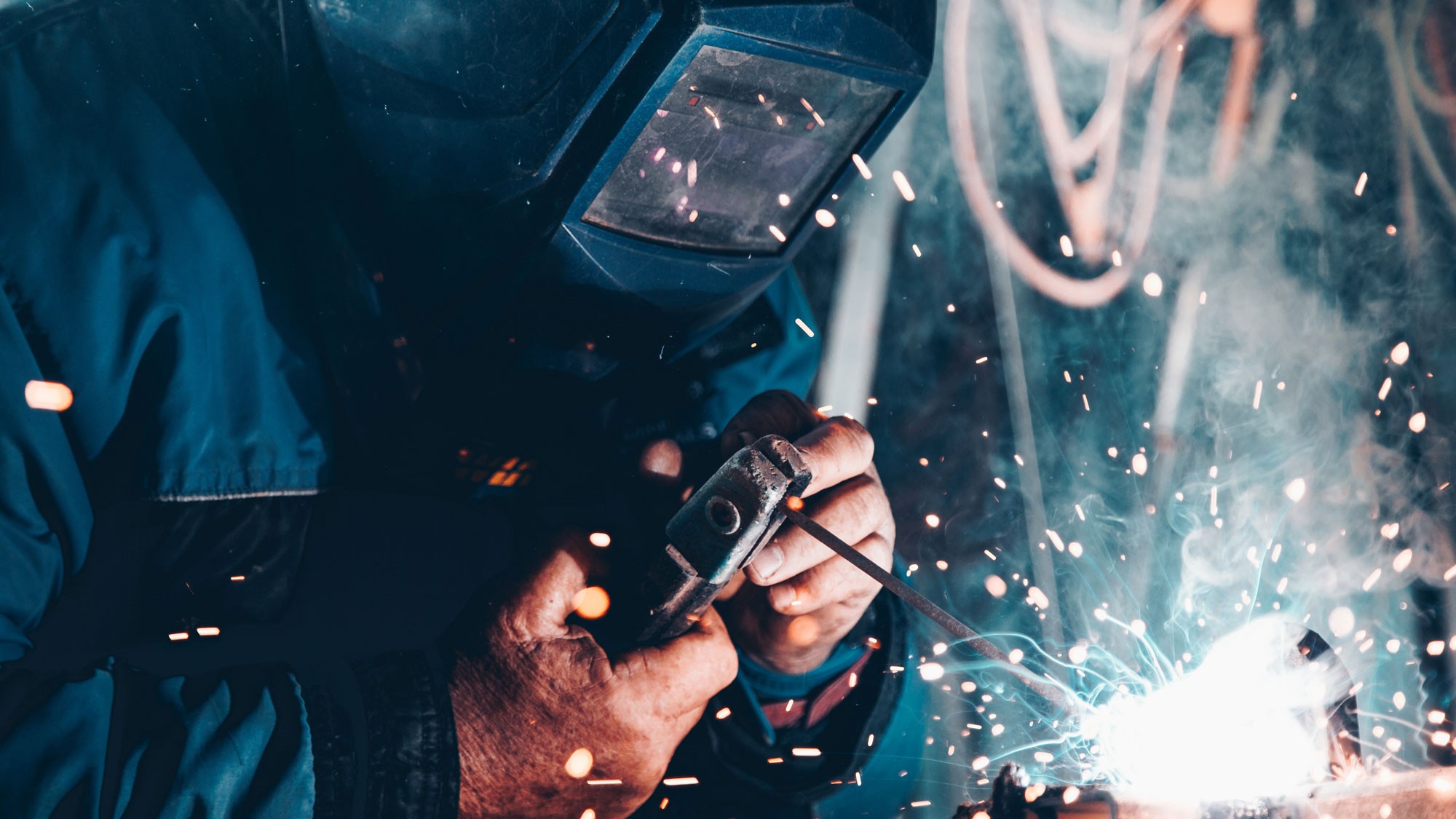Employee training done right is a tough nut to crack. Yet, now it’s more critical then ever to get the right onboarding system. Faster employee turnaround means more time allocated on training. If the training system stays the same, productivity suffers.
Here’s why VR-based training can transform the system.
- Standard Teaching Method
Usually it takes many years just to standardize the system. After that, getting each instructor to teach with the same efficiency is pretty much an endless endeavor. No two instructors are the same, hence their teaching style is guaranteed to be different. It’s not necessarily a bad thing, but could produce bigger result variations the more instructors you have.With VR, your system is guaranteed to be delivered in the same manner. Each step will be in the same sequence and contains the same flow of information.
- Saving Cost
VR training can pretty much replace the bulk number that makes up the trainer headcount. It’s not gonna be 100% replacement since you may still need facilitators for outlier cases. But other than that you only need head trainers to monitor and adjust the curriculum as time goes by.Other than trainers, some industries will incur huge cost on the training materials. Running big machines, operating cadaver, handling rare chemicals and role-playing simulation are just to name a few. All these can be simulated in VR at much, much lower cost.
- Scalability
Traditionally, more employee influx means more trainers to be hired. And we all know hiring is usually not the fastest thing to be checked off of your list. It means that opening up another branch or expanding the current operation requires more planning in the training department.VR training is software-based. You can easily scale up just by procuring additional hardware – which is way more predictable than hiring people.
The previous points are actually also applicable to any screen-based virtual training. But from here on, here’s how VR truly outperforms screen medium.
- Immersive, Realistic Experience
The reason why training is ineffective can be largely contributed to the discrepancy between practice and actual experience. It’s not surprising considering it’s usually not practical to simulate real-life situations all the time, especially if it involves hazards or edge cases.In VR you can simulate dangerous situations over and over again and the safety is always guaranteed. Additionally, immersing the trainee in realistic environment compels their attitude to take the training seriously. VR is also great for training which requires specialized conditions or intricate setups.
- Jump-start Muscle Memory
Jobs dealing with machinery or mechanical tools requires some degrees of motor skills. And the more you repeat the process, the more your brain is wired to effectively tackle the task. It’s not rocket science, just plain old muscle memory. But this simple technique is what enables engineers and technicians to work efficiently and safely.Some forward-thinking manufacturing companies are already incorporating VR for training of both their new and existing machines. For existing machines, VR simulation means less downtime for training use. For new machines, VR enables the operators to get familiar before the machines even reached the facility. Once a new machine arrives it can be operated right away.
VR is no longer a hype or untested technology. Its advantages are undisputed in business use cases.
If you’re interested in transforming the training system of your company, get in touch with us today. We can assess what kind of VR training is suitable for your business.

